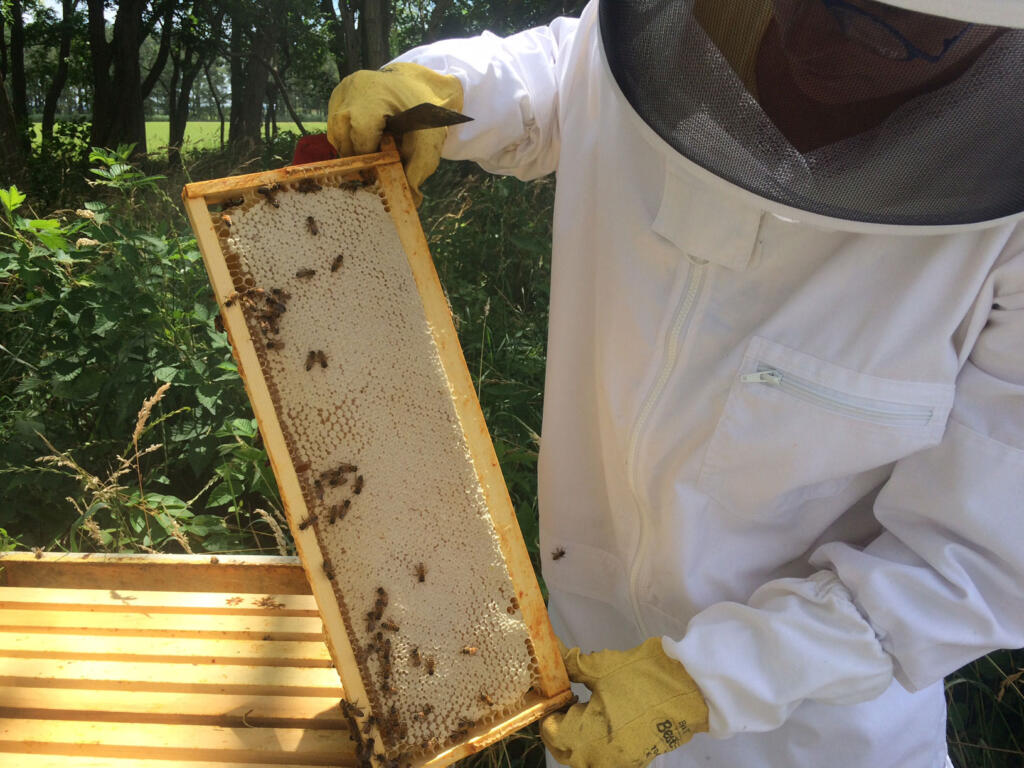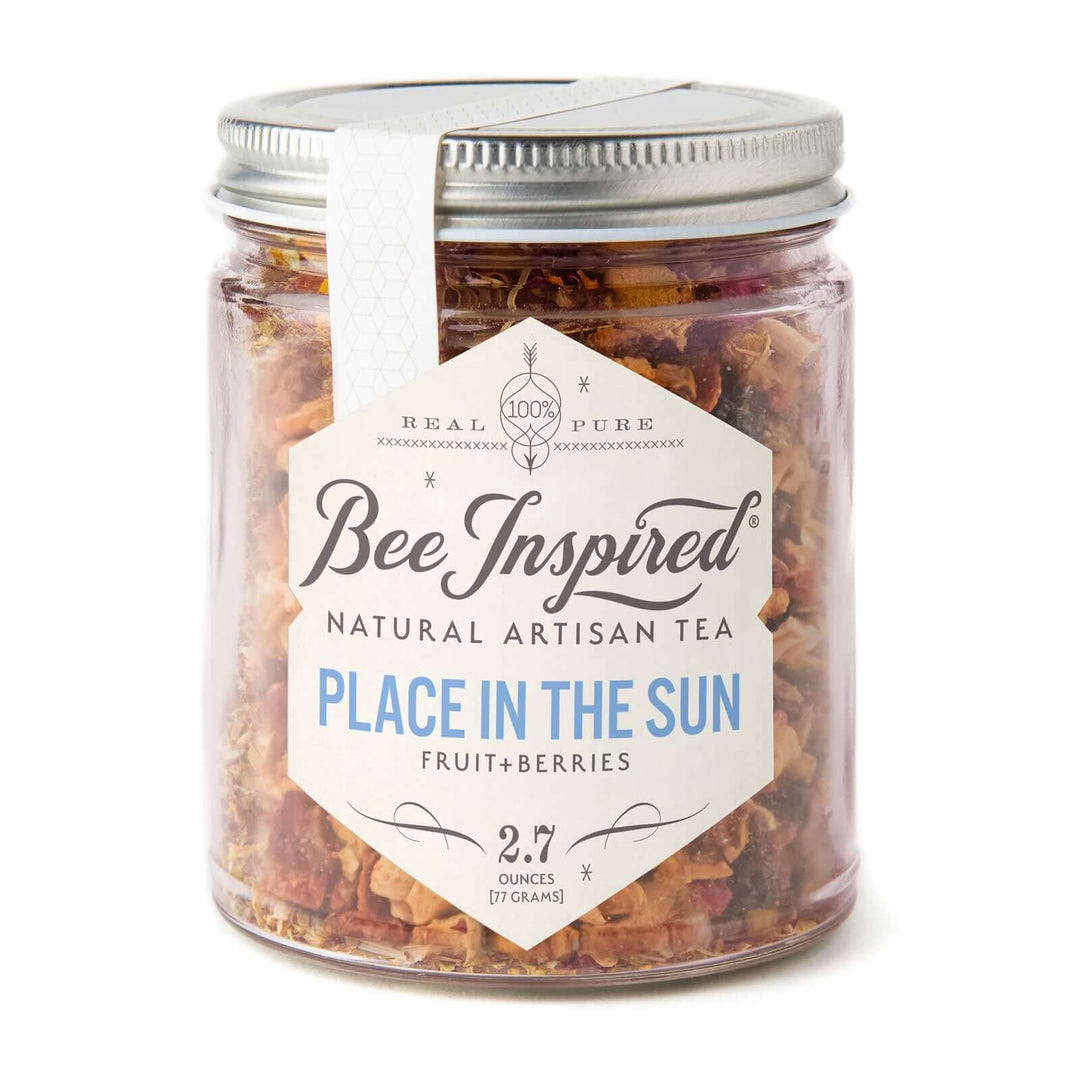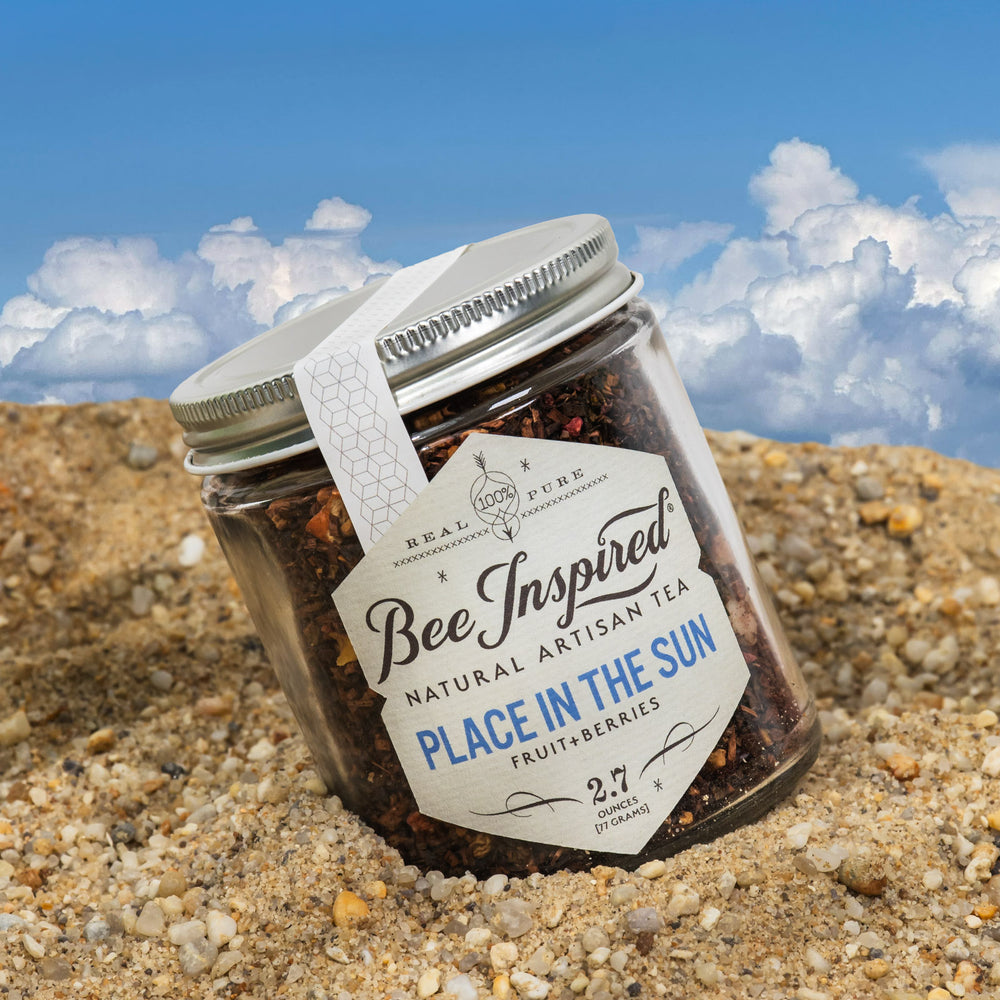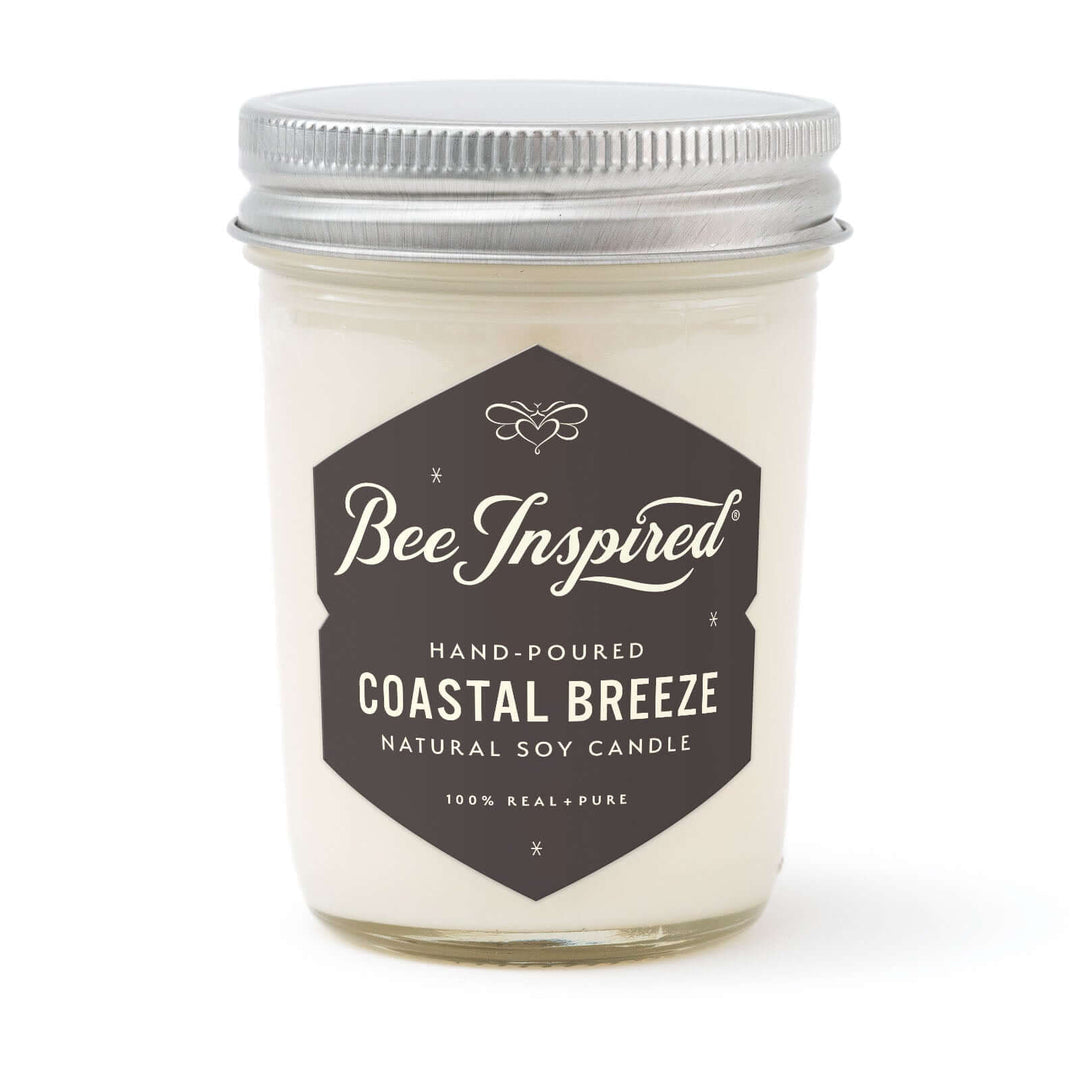Harvesting honey is one of the most vital highlights of our farm life. Typically, twice a year, during midsummer and fall, we open our hives and collect honey from the bees. And every year, I learn something new and exciting. As I am committed to delivering a high-quality product to my customers across the USA, I believe in sharing the experience of harvesting honey on our farm through this blog. So, let's dive in.
Honey Harvest Equipment: Harvesting Honey on Chesterhaven Beach Farm
The summer harvest is an intense process that demands diligence, discipline and precision. It takes more than one set of hands to make things happen. Our team of experienced harvesters is small and includes our beekeeper, whose job is to inspect the hives, ensure their health and condition, and collect honey. Beekeepers provide invaluable advice and recommendations on the best practices for harvesting honey and maintaining beekeeping equipment. The rest of us are responsible for extracting, processing, and preparing the honey for sale.
Before the harvest begins, we inspect and prepare our equipment. We need some essential tools like the bee suit, smoker, uncapping knife, extractor, and sieve. We also have to clean the work area to comply with kosher law and also avoid any cross-contamination. Depending on how many hives we have, we can spend a few days collecting honey.

Dean Burroughs Smoker
We currently have 10 hives on our farm, giving us hundreds of pounds of honey each harvest. These hives produce lots and lots of bees; when we remove their honey, they get a little too excitable. To safely access the hives, we again use smoke to subdue the bees. Smoking the bees doesn’t harm them; it calms them down enough to make it less hazardous for us to open the hives.
Next, we open the hives and begin the honey extraction process. The first step is to gently remove frames of capped honey from the hives and in the process, remove the bees from the frames. We handle this step with calm and with care to avoid harming bees. We transfer the honey-filled frames into empty supers set up for receiving in the back of our bee buggy. We cover the supers in our buggy with an escape board to allow any bees that are left behind a way to leave.

We pull out the frames one by one
The frames are the internal structure within the colonies where the bees build their comb. Beekeeping supplies are essential for maintaining these frames and ensuring a successful beekeeping operation. The frame must be 80% capped. “Capping” is when the bees cap or cover the cells with beeswax when they are full of honey.
We head to our honey processing area and depending on how long this process takes, we may unload the full supers of honey to allow the sun to keep the honey warm for extraction. It may be that we head back out to the field to collect more supers or we are now ready move to the next step.
Uncapping honey is the first step to extraction
Next, we use an uncapping fork or a heated uncapping knife or a combination of the two to unseal the beeswax cells filled with honey. This takes time and I have found that having three sets of hands during this phase expedites the process. If I can time things properly and have helpers arrive at a particular time, a few intense hours may do the trick with extracting honey.

Throughout the seasons, we collect 3 different varietals of honey from our farm: Spring Honey, Summer Honey, and Autumn Honey. Each varietal is specific to flowers in bloom on our farm during their respective seasons, making them one-of-a-kind!
The extractor then spins the frames using centrifugal force to collect honey. We filter the honey with a sieve to remove wax chunks, debris and bee parts.

Next, we return the emptied frames to the hives, where the bees clean them up and rebuild the honeycomb. This gives them a chance to produce more honey with the excess honey left behind in the frame for Autumn Harvest, which they produce from later flowering blossoms such as sunflowers, goldenrod, and asters. We never take all the frames of honey. We always leave at least 100 pounds for the bees to eat during rough patches in the season and for the winter months.

Our Blueberry Honey, hand-harvested from a small beekeeper in Southern New Jersey, is one of our most popular varietals
The process of harvesting honey can be an intense experience, but it is also gratifying.
As I’ve mentioned, it takes a team of hardworking people to make it happen. I could not do this alone. Processing equipment is essential for filtering, bottling, and processing honey, ensuring that we maintain the highest quality standards. Our bees provide us with one of the world’s most precious natural resources, and we take our role in harvesting and marketing their honey very seriously. We hope that this insight into our summer harvest of honey has given you an idea about how much effort and care goes into it. We are proud to offer our cherished customers a product made with such dedication and love. Thank you for reading, and we hope to share our next harvest with you soon.
If you're a beekeeper and you have tips, please be sure to take a photo and share them with us using #beeinspired on Instagram. We love seeing your photos!













